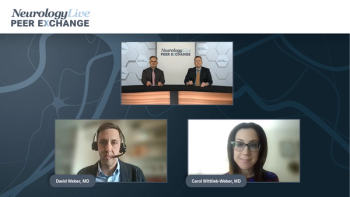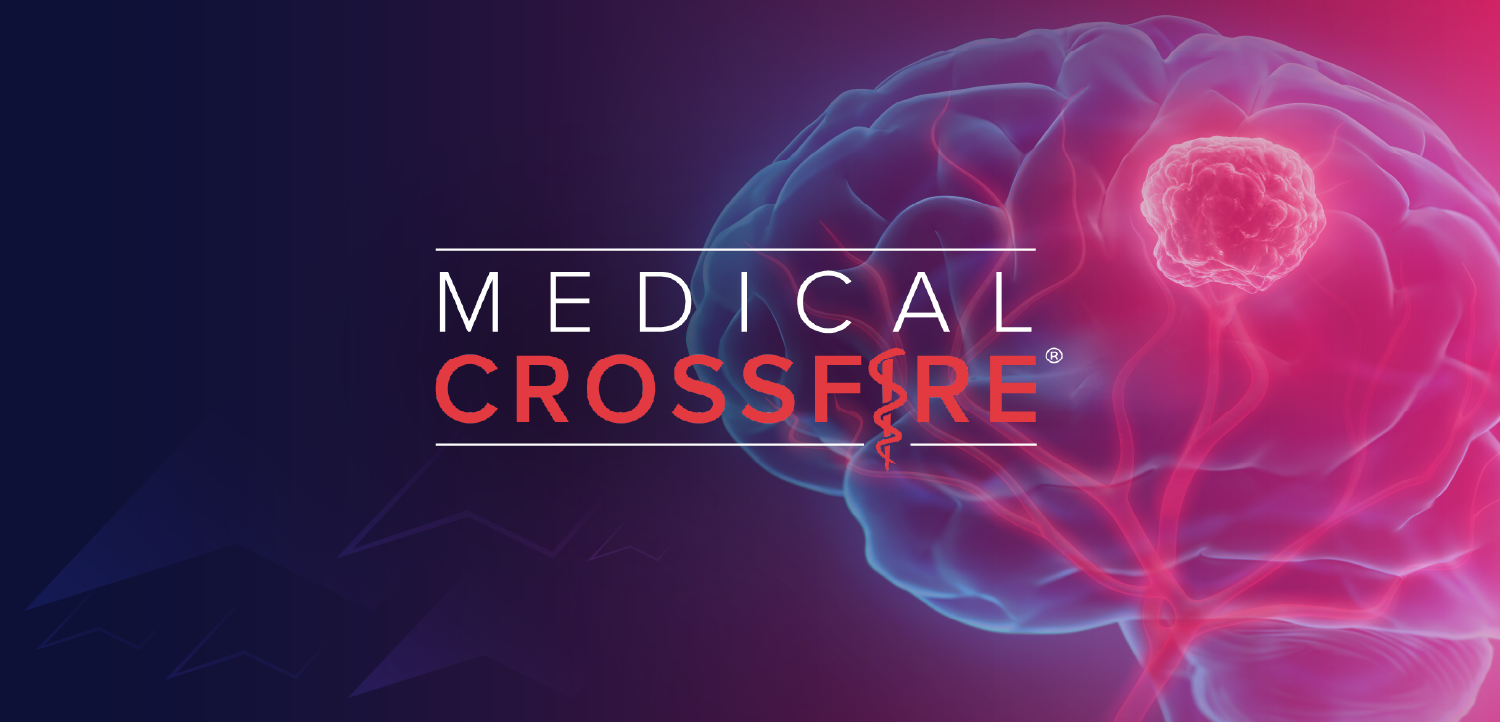
COVID-19’s Impact on Telemedicine: Benefits and Limitations
NeurologyLive compiled a number of interviews and conversations with leaders within the neurology community to discuss how the COVID-19 pandemic has affected telemedicine.
As the 2020 calendar year concludes, NeurologyLive took the time to look back and reflect on how COVID-19 and the pandemic itself has impacted clinical care across a range of different conditions and treatment strategies. The first segment of “Reflections on the Impact of COVID-19: A Short Expert Series,” covers the accelerated use of telemedicine and technology, which served as a vital tool to clinicians throughout the year.
Though the integration of telemedicine had already been in the works prior to the pandemic, a lack of in-person visits and limitations and restrictions on travel forced clinicians to adapt even more.
There are a multitude of pros and cons from the use of telemedicine. On the plus side, incorporating virtual visits into the regular care of certain patient groups can offer them a safe way to connect with their providers, particularly those who have trouble moving or are at-risk for falls. Earlier on in the pandemic, we
Fillit is not the only clinician who feels this way, though. Reena Mehra, MD, MS, director, Sleep Disorders Research Program, Cleveland Clinic Lerner College of Medicine, sees the potential of virtual visits and diagnosing patients with sleep apnea through telemedicine. In April,
Telemedicine use has been on the rise for years but its widespread adoption has often been marred by challenges with insurance coverage. Jessica Ailani, MD, FAHS, director, MedStar Georgetown Headache Center,
There are limitations and negatives associated with telemedicine. Our
A major aspect that has been hindered throughout the pandemic is the patient-clinician relationship, particularly for clinicians who are seeing a patient for the first time. “You cannot compensate Zoom over that face-to-face interaction. You don’t get to know the person as well when you’re not in the room with them,” Pavel Klein, MD, director, Mid-Atlantic Epilepsy and Sleep Center, in Bethesda, Maryland,
Adapting to telemedicine was not easy for either clinicians or their patients. There were a number of adjustments that needed to be made on both sides for clinical care to continue to run smoothly. Jennifer Robblee, MD, neurologist, Jan and Tom Lewis Migraine Treatment Program, and assistant professor of neurology, Barrow Neurological Institute, detailed how she got patient buy-in for telemedicine visits and how to
Looking to 2021, the use of telemedicine could still play a major factor, due to the fact that there are still a large number of daily COVID-19 cases, along with consideration of the time that it will take to evenly distribute the vaccine throughout the country.
Follow the links below to read and watch a few of our telemedicine-based interviews with clinicians from throughout the year.
READ MORE:
WATCH NOW:
WATCH NOW:
Newsletter
Keep your finger on the pulse of neurology—subscribe to NeurologyLive for expert interviews, new data, and breakthrough treatment updates.





















